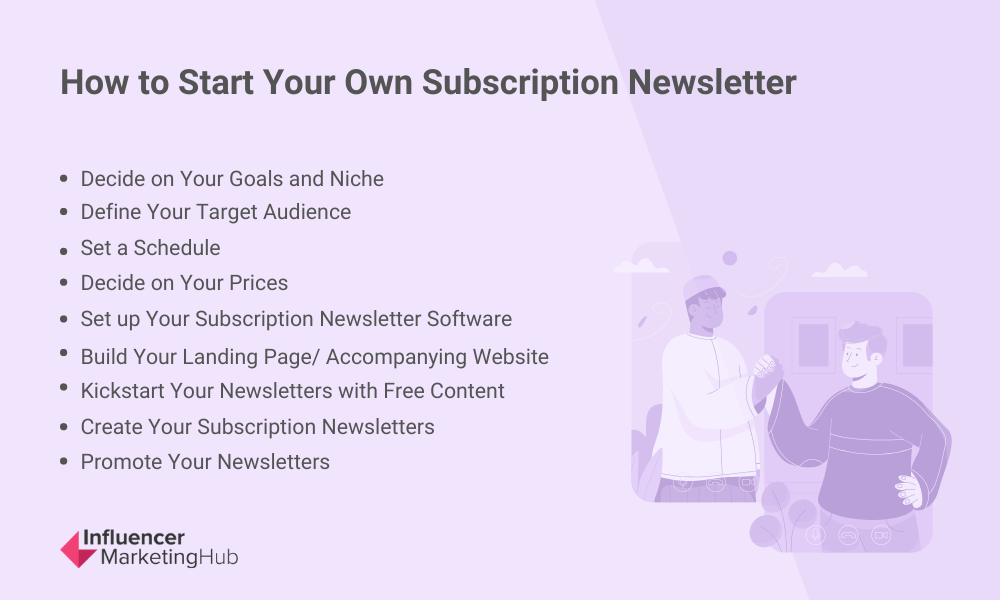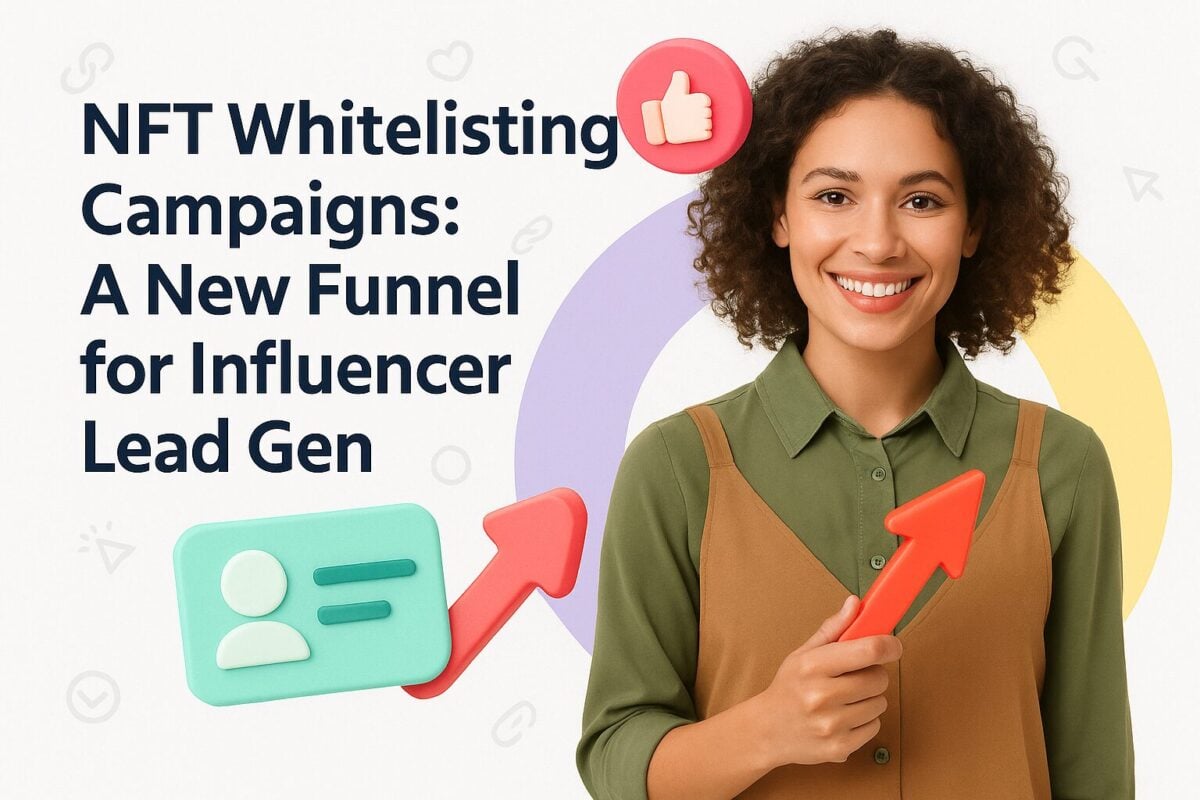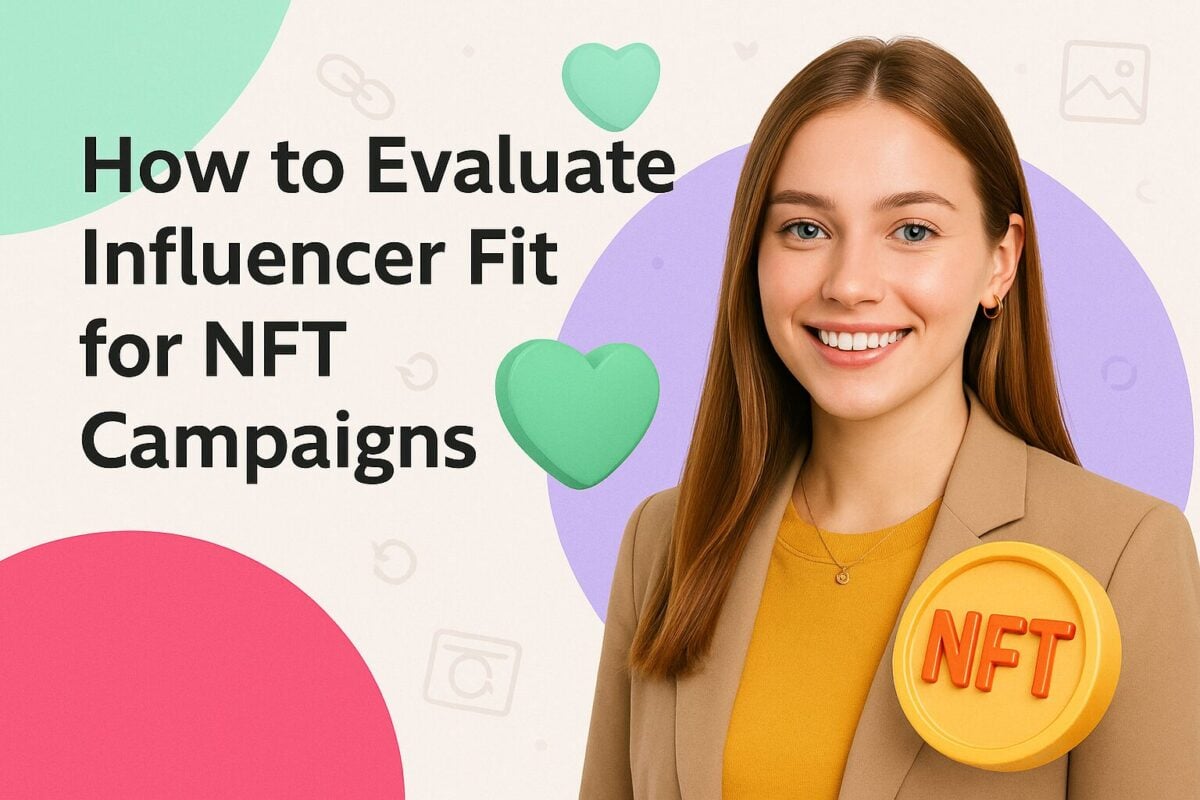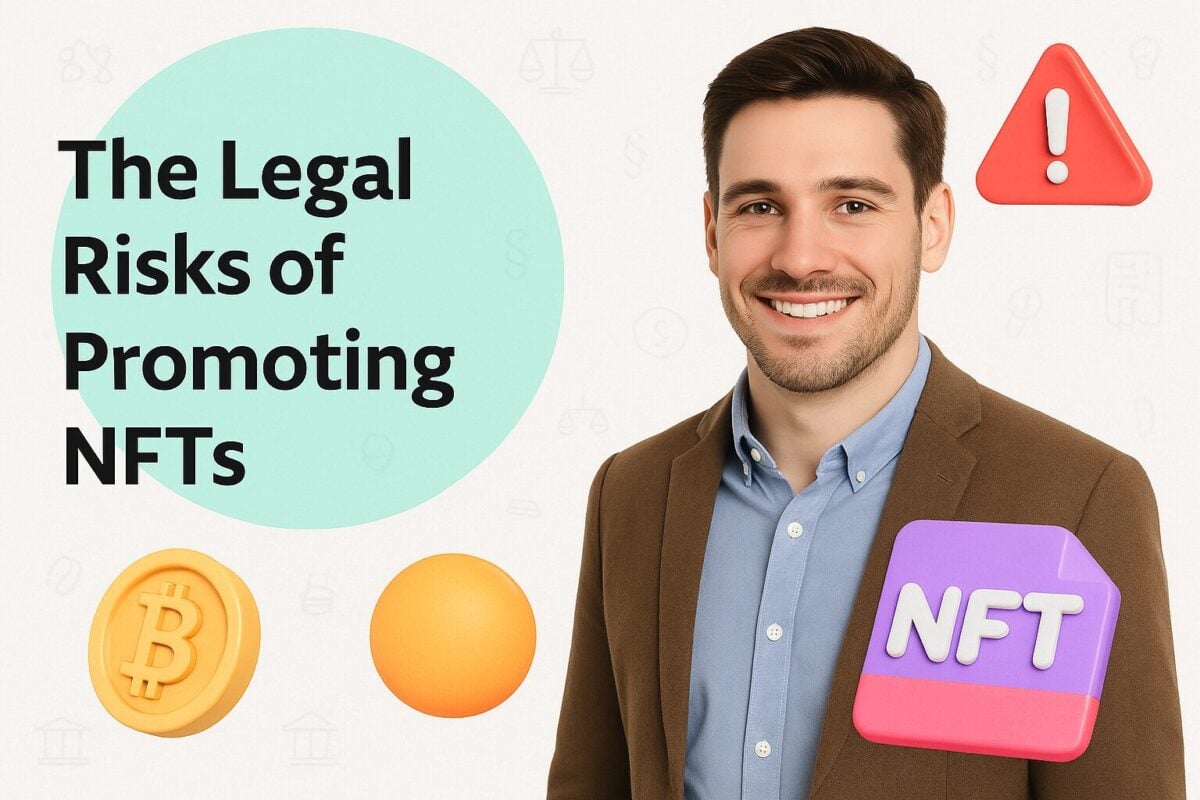Despite an element of skepticism, there are many successful paid newsletters for which people are willing and happy to pay. These can be lucrative to their creators because they are a form of recurring income. Once people subscribe to your newsletter, they remain a subscriber until they make an active decision to cancel. Each month their subscription automatically comes from their bank account or credit card until they say otherwise.
However, subscription newsletters are not true forms of passive income. It can take considerable work to build a successful newsletter with people willingly handing over their credit card numbers. You have to create content worth sufficient value each month to ensure that people don't cancel their subscriptions while at the same time encourage new people to sign up. And you can't expect to earn money straight away. It takes time to build a reputation, an email list, and sufficient trust with people who are willing to jump from a free newsletter to one that they have to pay for.
How do Subscription Newsletters Work and How to Start Your Own?:
- 1. Decide on Your Goals and Niche
- 2. Define Your Target Audience
- 3. Set a Schedule
- 4. Decide on Your Prices
- 5. Select and Set up Your Subscription Newsletter Software
- 6. Build Your Landing Page/ Accompanying Website
- 7. Kickstart Your Newsletters with Free Content
- 8. Create Your Subscription Newsletters
- 9. Promote Your Newsletters
What are Subscription Newsletters?
Many businesses have discovered the benefits of email marketing. Indeed, 87% of B2B marketers use email as a distribution channel, and 79% of B2C marketers rely on email to promote their new articles or blog posts. Only social media and company websites have greater promotional use.
Many organizations and people don't just rely on sending occasional promotional emails, however. Instead, they set up a regular email newsletter, an electronic version of the newsletters businesses and clubs have sent through the mail for decades. Many of these are far too promotional and viewed with caution by their recipients. Indeed, many email lists only exist because the sender used a lead magnet that required people to enter their email address in exchange.
However, some email newsletters have real value. They focus on a specific niche or topic and contain valuable and informative content. In this case, it may be possible to place a price on these newsletters. People recognize the value they receive and are prepared to pay a subscription to receive each issue of a newsletter.
One advantage of subscription newsletters over free email newsletters is that you aren't at the mercy of sponsors. You can create your newsletter and include whatever content you like, ad-free if you prefer.
Examples of Subscription Newsletters

The crucial requirement for a successful subscription newsletter is that it consistently provides more value than what a reader can find in a free newsletter, blog, or regular email campaign. Typical examples of the types of content that people and brands have successfully included in their subscription newsletters are interviews, learning materials, exclusive updates, market reports, early access to something, in-depth articles, forecasts, and personalized coaching.
You will find a variety of subscription newsletters across a wide range of niches. Some real-life examples include:
- Scott's Cheap Flights – a freemium email-based subscription service where a team of flight searchers spends 12+ hours each day searching for cheap fares. When they come across such flights, they email them to their subscribers, along with instructions on how to book, when the flights are available, how long they think the deal will last, etc.
- Daily Coding Problem – experts write a coding problem each day. They give these as a challenge in each newsletter, with solutions appearing in the next issue for those on the premium subscription.
- Stratechery – this provides analysis of the strategy and business side of technology and media. Weekly articles are free, while three daily updates a week are for subscribers only. You can subscribe for $12/month or $120/year.
- From the Desk of Alicia Kennedy – this is a Substack newsletter, which describes itself as being "about food and its constellation of concerns, from politics and labor and hospitality and sourcing and everything else." Kennedy sends out an essay with notes every Monday, then on Fridays, paid subscribers receive interviews with people in food.
Why Would People Subscribe to Your Email Newsletter?
You need to find a niche with some form of a content gap. Nobody will pay a subscription if you regurgitate material they can find elsewhere for free. The niche itself may not be unique, but you must be able to give a fresh perspective. You might be able to succeed if you entertain or inform your audience.
How to Start Your Own Subscription Newsletter

1. Decide on Your Goals and Niche
As with any successful endeavor, you need to decide on goals or purposes for your subscription newsletter. Why are you creating it, and perhaps more importantly, why should people subscribe to your newsletter when they can find so much on the internet for free. You need to establish what your point of difference will be.
You will also need to determine the precise niche where your newsletter will fit. You can't just write on a broad range of topics and hope that people will subscribe to you. Your subject may be evident if you are an expert on a particular topic or field. However, you can successfully use your newsletter to build a reputation – you don't have to be famous first.
2. Define Your Target Audience
Allied to your goals is a need to determine your target audience. What types of people do you hope will subscribe to your newsletter? You need to know this to ensure that you create content that will appeal to them.
Sometimes, you might undertake Steps 1 and 2 in the reverse order. You might begin by deciding to create a subscription newsletter for a particular audience. This, in turn, will influence your goals and niche to align with that audience's passions and interests.
3. Set a Schedule
Once you've decided the type of newsletter you will create and the kinds of people who will take an interest in it, you need to think about the frequency and timing of your newsletters. To a large extent, this will depend on the resources you are prepared to devote to the project. Can you afford to look at your newsletter as a full-time job for you (or somebody else?) Or, will it merely be an additional revenue source and a way to communicate your views and thoughts on your niche?
Your email audience will definitely prefer you to set a clear schedule. Not only will this create a sense of expectation, but it will also ensure that your audience can't complain about not receiving value for money.
4. Decide on Your Prices
You need to come up with a realistic price (or prices) for your subscription newsletter. In practice, most subscriptions cost $2 - $15 per month, with discounts for annual payments. You might also choose to give discounts to specific groups of people, for instance, students or companies subscribing to multiple copies for their staff.
Again, you have to think about the value your newsletter will give its readers. In particular, you need to examine the prices of any other newsletters in your niche and ensure that your pricing is comparable if you are giving similar value.
The higher you set your prices, the greater the pressure will be to ensure that the quality of your content justifies the amount you are charging.
Remember that you will probably have fewer subscribers if you charge a higher price, although you will be making more per subscriber. One possible consequence of setting a higher price is that you have less conversation and engagement than if you charged a lower rate.
You might set multiple subscriptions for different service levels in some cases, giving higher-level benefits to those who pay the higher subscriptions.
You might also decide to offer a free subscription tier. This would be a cut-down version of your subscription newsletter, presented in the same style as the premium version, but with less in-depth content. You would use your free version to publicize your paid version.
5. Select and Set up Your Subscription Newsletter Software
You will need specialist software to set up a subscription newsletter (indeed, any online newsletter.) If you want to send out a free newsletter, you can't just use everyday email accounts, like Gmail. You need to use email marketing software, such as Direct Mail, SendX, or GetResponse.
If you are creating a subscription newsletter, you have more significant requirements because you need software to collect money and promote your newsletter. There are several specialist apps and platforms that enable this, including Substack, Ghost, and Revue. ConvertKit Commerce makes setting up a subscription newsletter and creating other digital products relatively simple. LetterDrop helps people discover and share new newsletters. People can use LetterDrop to find high-quality newsletter issues sourced from a curated selection of creators across multiple platforms.
Some people prefer to combine software products rather than using a full-service platform. For instance, Advisarator uses Stripe for payment processing, Sendy for self-hosting their newsletters, and Zapier to connect Stripe customers with Sendy mailing lists.
If you decide to use Substack for your subscription newsletter, you begin by creating an account. You then set up your profile – make sure that it is interesting enough to excite your target audience. You can then set up your newsletter within Substack, including creating newsletters and accepting subscriptions. Revue and Ghost operate similarly.
6. Build Your Landing Page/ Accompanying Website
This part may vary depending on your newsletter. Often your newsletter will connect to a landing page or accompanying website. Sometimes the bulk of your content will be on a Members Only website rather than in the newsletter itself. In this case, you will use your newsletter to promote and link to new or recent content on the gated website, available only to those who have subscribed to the newsletter. In other cases, you will merely have a promotional landing page where you explain the costs and benefits of your newsletter and include the necessary systems to receive the subscription requests and take payments.
Often you can create your landing page using your specialist newsletter software, which includes templates and a step-by-step process for creating a landing page. Any good subscription software platform should help you build a page inviting people to subscribe and enter their payment details.
You may want to purchase a custom domain for your website or landing page and preferably design it to match your branding. Alternatively, some platforms like Substack often use their own URL but include the newsletter's name in it.
Your newsletter subscription website might cater to readers of both your free and subscription newsletters. You will have an all-access public area containing your free newsletters and possibly additional content, such as blog posts. Alongside this, you will have a gated section for subscribers, which includes your premium content, including archives of your newsletter issues.
7. Kickstart Your Newsletters with Free Content
You will find it easier to launch a subscription newsletter to an existing audience. That way, people will understand the types of content that you share. An easy way to do this is to build up and establish your free newsletter first. You can later use it to publish a cut-down newsletter and promote your paid version. In the meantime, you will consistently be expanding your email list. Your free newsletter will typically be less frequent than your subscription version and contain less unique content.
Once you have built a sizable email list, you could consider launching your paid version. One common practice is to offer early adopter pricing, offering your first paying subscribers lower prices. These rates could apply for a specific time. Alternatively, you could offer a set number of subscriptions at those rates and then introduce your higher "normal" rates once you have sold your specified number of early adopter subscriptions.
8. Create Your Subscription Newsletters
Once you have set everything up, possibly operated your free newsletter for a time, and built up a sizable email list, you can start promoting and creating your subscription newsletters. You will, of course, need to make your first subscription version as soon as you have your first paying subscriber.
9. Promote Your Newsletters
Obviously, you will have less social sharing with subscription newsletters than you will with free content. This means you will have to be more creative in your promotion. Don't forget to include social sharing links in your newsletters, however. You might as well give your subscribers as many opportunities as possible to promote your newsletters.
Ensure you include paid snippets of your paid content on your website and include them in any promotional emails you send to your email list.
Word of mouth is the best strategy for marketing your subscription newsletter. Hopefully, your happy subscribers will speak to others interested in your niche, and they will, in turn, subscribe. You may even consider setting up a referral program to reward subscribers who promote your newsletter.


